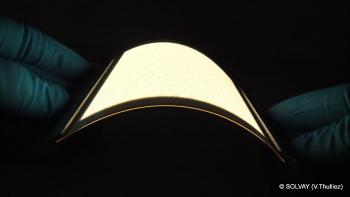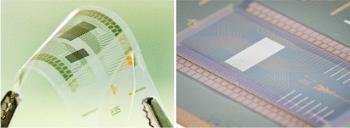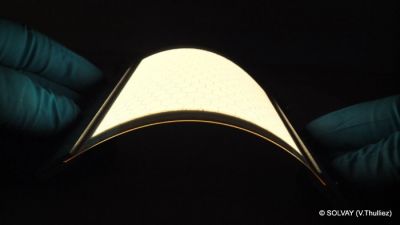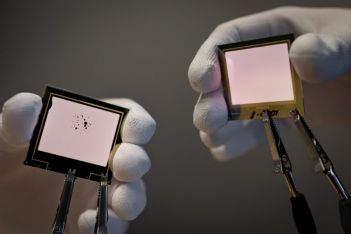The Holst Centre shows off their flexible OLED panels
The Holst Centre's spring partner meeting took place a few days ago, and now they released some nice short videos from this event. First up is a short introduction to OLED lighting technology, with some OLED lighting panels (including the cute DinOLED presentation, made by a 13 years old with a Dinosaur):
A year ago Holst and imec announced a new program to develop high resolution flexible OLED displays. The partners are developing a mechanically flexible encapsulation film and TFT backplane, a printed high-efficiency OLED and new materials and processes. Now they are presenting their first flexible display:









